|
Ordination before the fire is a particular type of merit-making that is both fairly common and relatively undocumented. Buat naa fai could be called a cremation ordination and it is done by boys to make merit for a relative, often a grandparent. It typically is purely ceremonial in that the boys have no intention of remaining in the monastery community longer than one day.
This week’s blog is essentially a picture essay with concluding observations. First a few principles: (1) “Ordination before the Fire” is generally into novice status. (2) Since it has a particular, limited purpose there are few of the customary preparatory ceremonies such as formal leave-taking from mother and father, elaborate procession to the temple, or a feast for the chapter of monks and laity. (3) It is possible for the novice(s) to change their mind and remain in the temple longer than one day. (4) Not all abbots are willing to receive novices into this type of ordination. The elements of ordination before a cremation are simply the bare essentials for ordaining a novice into a temple community of monks. The pictures accompanying this blog are a record of 3 nephews who were ordained on March 25, 2016 to make merit for their grandmother, Mrs. Fong Wanna, in Sanpatong District, Chiang Mai, Thailand. The ordination included the following activities: 1. The boys had their hair cut and eyebrows shaved. This is normally done or finished by a monk, but in this instance the abbot told them to do this the night before the cremation. 2. On the morning of the cremation the boys went with older male relatives to the temple with the things necessary for the ordination. 3. The abbot presided, assisted by just 2 other priests. The boys ceremonially requested ordination and were asked the standard questions before being permitted to change into saffron colored robes. They left their street clothes at the temple. 4. They were then ordained by the abbot, who urged them to consider staying in the temple as novices longer than one day. 5. Down the street, preparations for the big funeral service were getting finished. The new novices drew everybody’s attention as they arrived with their assigned mentor. 6. The novices attended the chanting service, but participated as they would, had they still been laity. They sat off to the side. 7. When the chanting was finished everyone was served a community meal. The priests and novices were served first, and their food was specially presented. 8. As the casket was moved from the family home to the cremation grounds, the novices led the crowd under the direction of their mentor. The chapter of priests who had done the chanting and would preside at the cremation were taken by car. 9. The boys had a place of distinction at the cremation, but lined up with the family as all the guests filed past. 10. Following ignition of the cremation fire, which burned the catafalque spectacularly and the casket inside the cremation oven, the people left the cremation grounds. The priests returned to their various temples. The novices returned to the village temple where they quietly asked to demit and were given permission. They changed back into their shirts and jeans leaving their orange robes at the temple. Observations: This ceremony is all about making merit which is transferred to the deceased. It is a family-oriented thing to do. There is no intention that any of the benefits of regular ordination will accrue to the ordinands or the temple. The novices do not even have to memorize their ordination vows. They practice no meditation and only briefly adhere to any abstentions. The boys tended to feel self-conscious rather than honored. There was almost no time they felt at ease or knew exactly what to do. They were coached every step of the way. Their motive, in the end, was to express love and respect for their grandmother. This type of ordination is considered an optional custom, happening only in a small percentage of funerals. There is no stigma for foregoing this, even in large or prosperous families. However, having grandsons do this is a sign the family has “done everything possible” to see that Grandmother has a complete send-off. The very fact that this type of ceremony exists is sufficient to prove that merit-making is a valid part of Thai Buddhist practice. Furthermore, the merit is transferred in order to offset the demeritorious accumulation of the deceased, who is (of course) an entirely passive beneficiary. There are other ordinations to make merit in behalf of recipients. Sometimes there is even an elaborate merit-transferral ceremony. This has important implications for the theological understanding of karma, and functions in principle precisely as Christian atonement does.
0 Comments
Leave a Reply. |
AuthorRev. Dr. Kenneth Dobson posts his weekly reflections on this blog. Archives
March 2024
Categories |
| Ken Dobson's Queer Ruminations from Thailand |
|
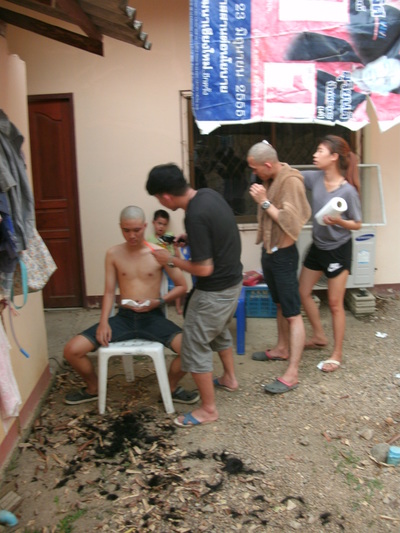

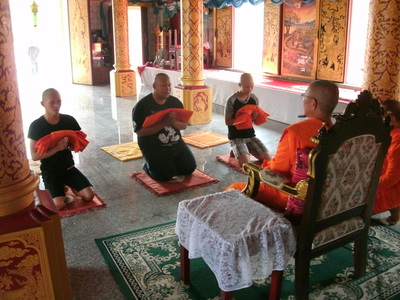
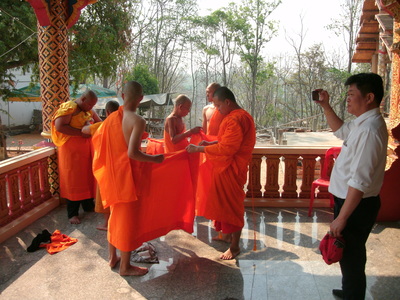
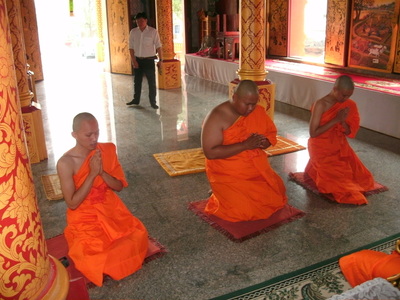
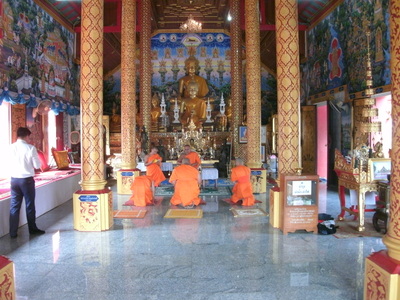
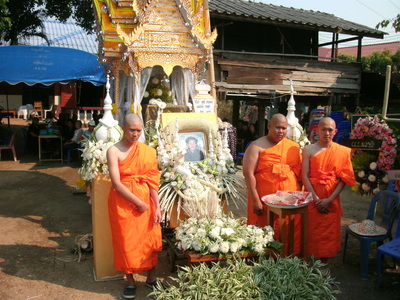

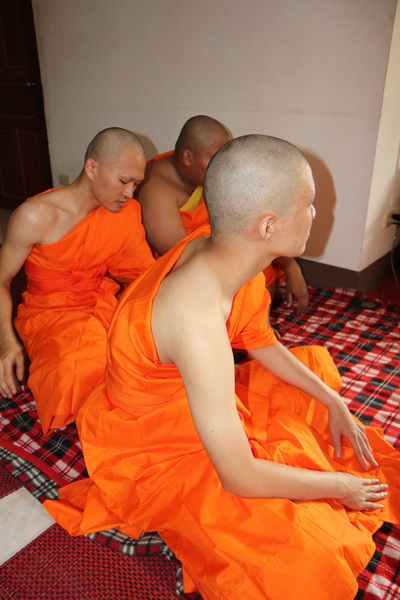
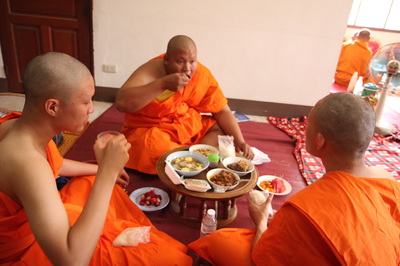
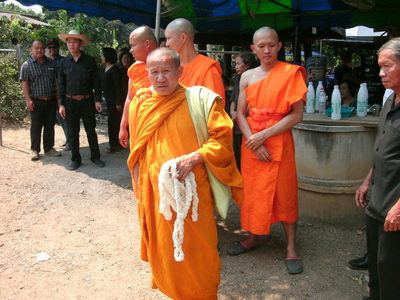
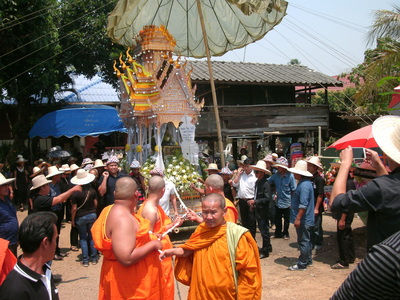

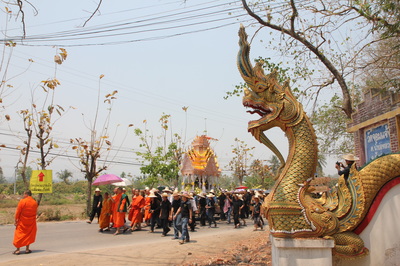
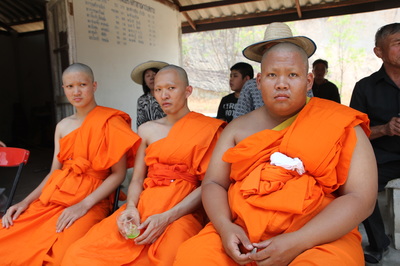
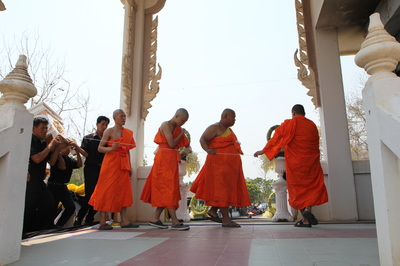
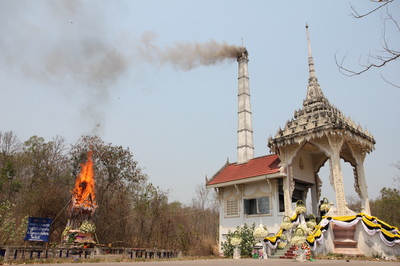
 RSS Feed
RSS Feed
